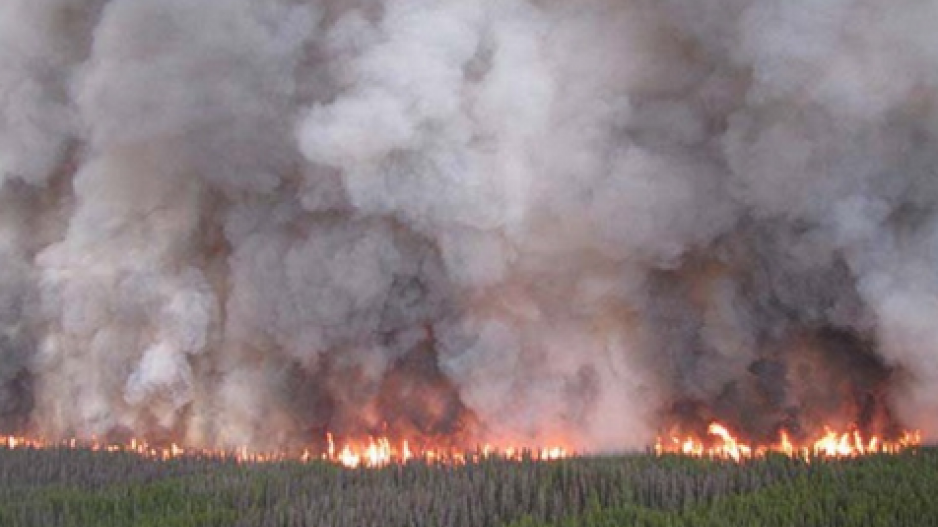More than 550 forest fires burning throughout B.C. has prompted the provincial government to declare a state of emergency for the second year in a row.
As of today, B.C. is under a state of emergency for the next two weeks. The state of emergency declaration gives the provincial government powers to commandeer equipment, direct local fire fighting departments and direct RCMP to help with evacuations.
Roughly 381,000 hectares of B.C. is currently burning, with 43 "fires of note." Last year’s fires burned 1.2 million hectares of forest.
While this year’s wildfires are more numerous than last year’s at this time, they are not on the same scale. The largest is a 50,000-hectare fire at Shovel Lake west of Fort St. James. To date, there are 53 evacuation alerts in effect.
The cost of fighting the fires to date is estimated at $215 million. That’s less than half of what last year’s fires cost, but there are still potentially a few weeks to go before the fire season runs its course.
Some homes have been damaged by fire in the Telegraph Creek area, but so far the threat to homes and communities have not reached the scale of last year’s fire, which forced the evacuation of Williams Lake and other communities.
There are currently 3,400 people involved in fighting fires, including 1,400 logging contractors who would otherwise be harvesting trees, and 400 out-of-province firefighters from as far away as Australia. A total of 217 aircraft being used to battle the fires.
In 2017, there was an earlier start to the fire season than this year, said Kevin Skrepnek, chief fire information officer. There are currently more fires burning now than at the same time last year.
“The key difference with that, the fires we were managing in 2017 were massive in scale,” Skrepnek said. “Hundreds of thousands of hectares in size, whereas this year we’re seeing more fires but generally they haven’t been reaching those huge magnitudes.”
There are currently 1,500 properties under evacuation order, compared with tens of of thousands last year at this time.
What is needed is rain, and there’s little in sight for the immediate future. The weather forecast calls for possible lightning storms in the southern part of the province, but little rain, which mean there is the danger of more fires starting.
"We really see no relief in sight from the weather," Skrepnek said. "There's definitely potential this season's going to get worse before it gets better."




